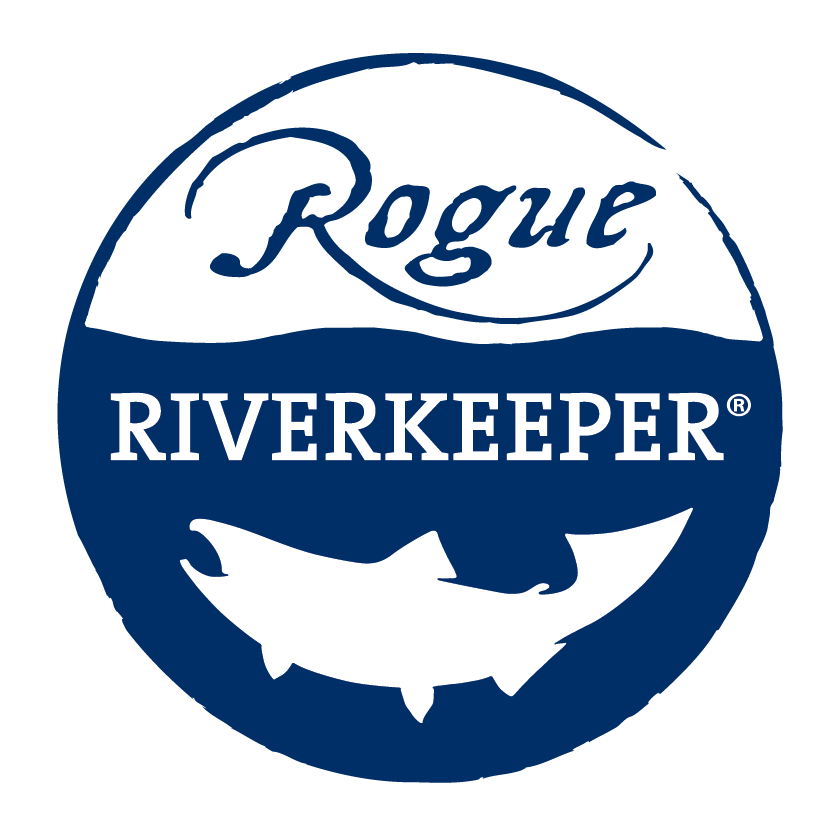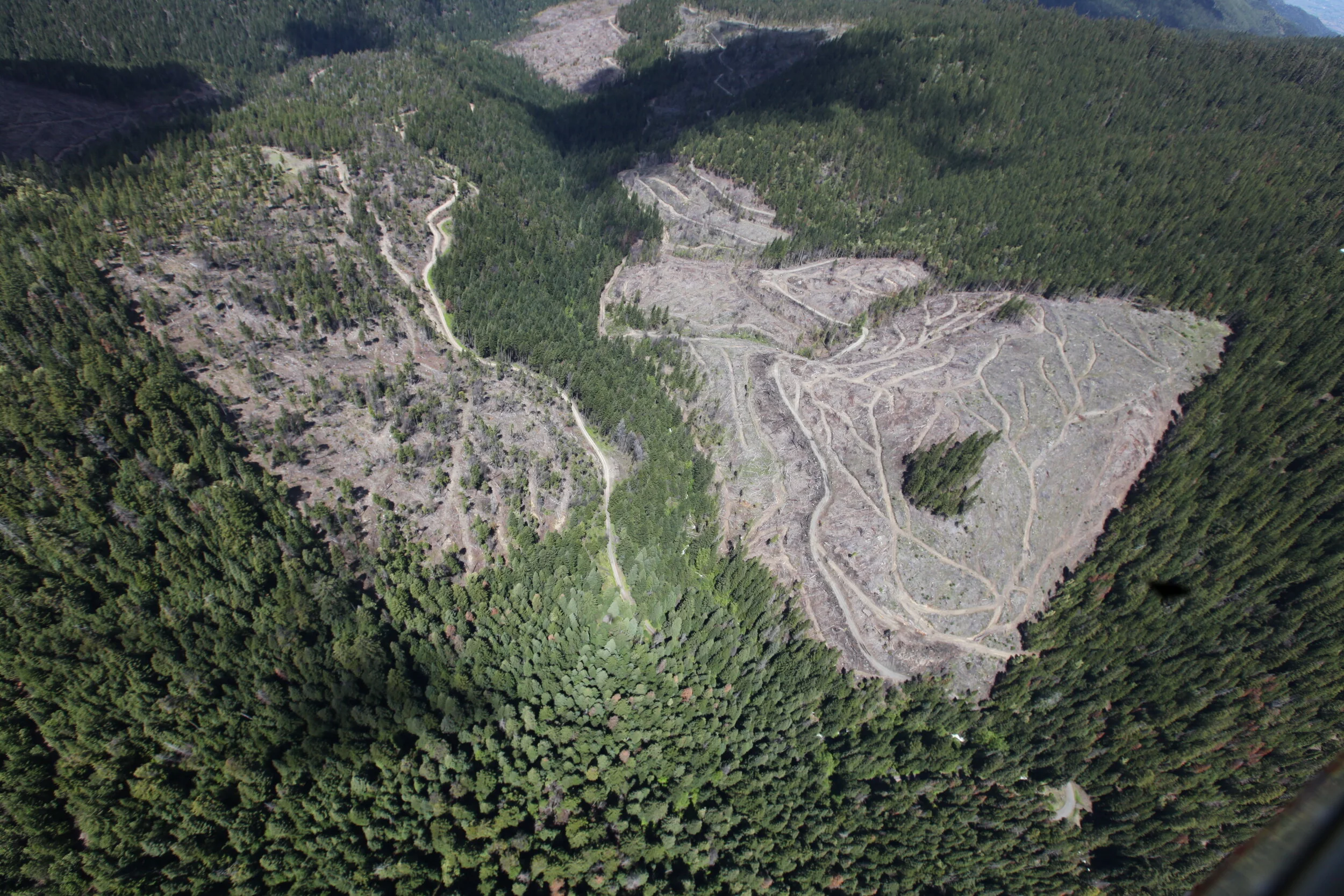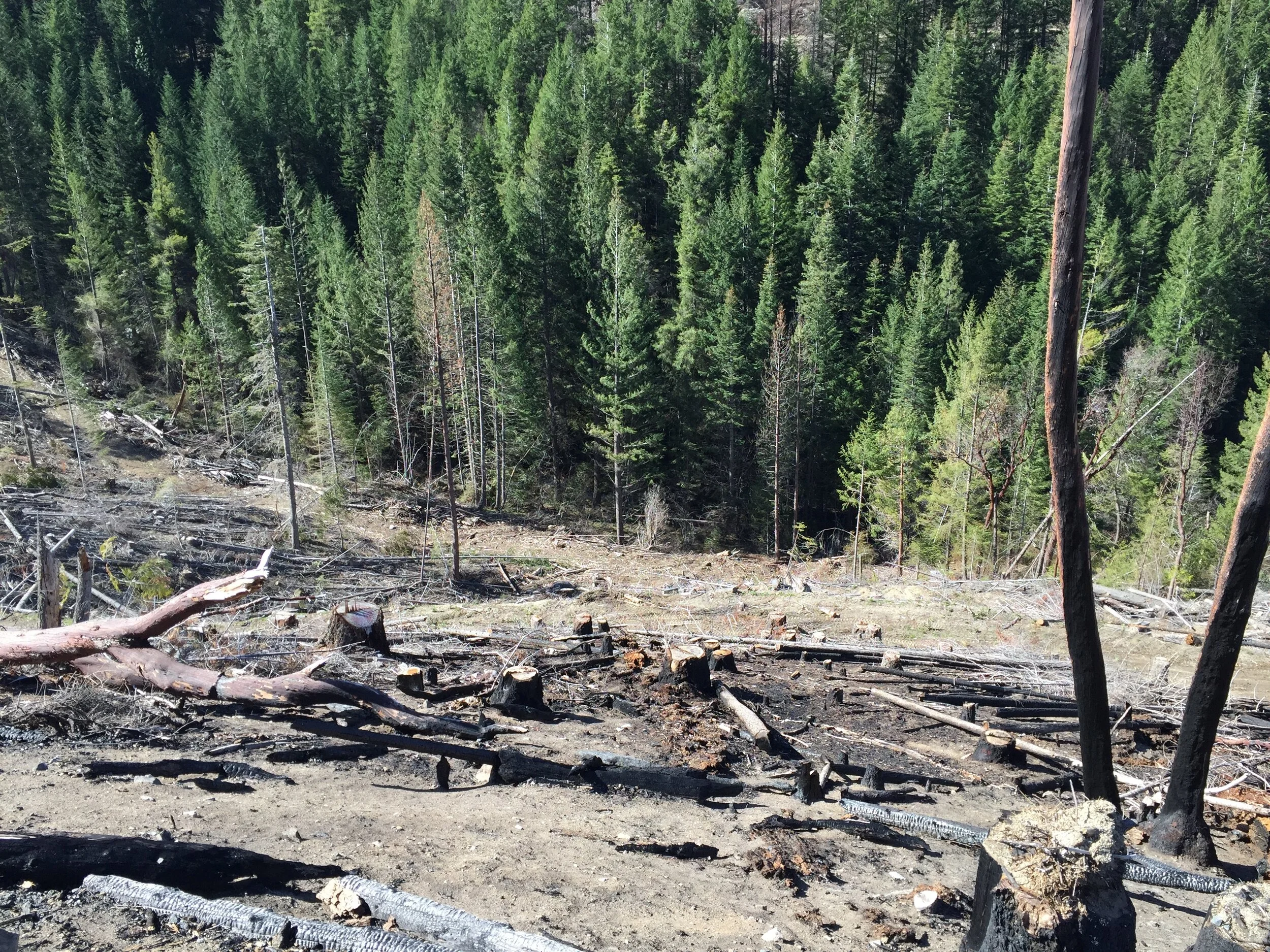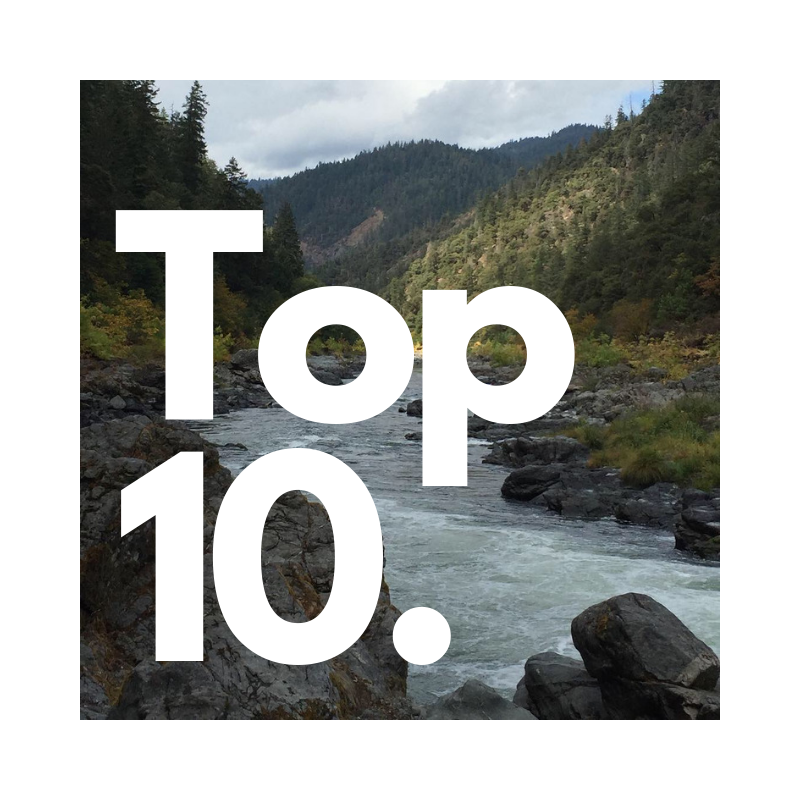In this challenging year, thank you for supporting our work to protect the Rogue! Take a tour of work done in 2020.
Read MoreOn the 48th anniversary of the Clean Water Act, we’re reflecting back on the impact of this fundamental environmental and public health law. On October 18th, 1972, Congress enacted the Clean Water Act. Since then, we’ve come a long way from rivers catching on fire, raw sewage discharged directly into rivers, and the unbridled destruction of wetlands and streams. In a changing climate, with less consistent rainfall, less stable snowpack, and increased drought, the presence of cold, clean water becomes even more critical for communities in our region. Now more than ever, it’s critical to consider the future of these fundamental protections.
Read MoreOn June 26th, the Oregon legislature passed bipartisan legislation that adopts common sense reforms for current practices on private industrial timber lands in Oregon. This vote is the result of decades of hard work by community members, organizers, and scientists calling for change. It is also just the first step in what will be a long process over the next two years to secure lasting protections for healthy forests and clean drinking water for all Oregonians.
Read MoreOn June 3rd, the Oregon Board of Forestry voted unanimously to improve stream buffer standards for southern Oregon streams. This decision brings protections for approximately 320 miles of small and medium salmon and steelhead streams across 1 million acres of private forest lands within the Rogue watershed up to the same standards applied to the rest of western Oregon in 2017. Although this temporary rule is a step in the right direction, it does not fix the significant threats to clean water from harmful forest practices in Oregon that are decades behind other states.
Read MoreCurrently, streams in southern Oregon are left with a less protective stream buffer standard under the Oregon Forest Practices Act that allows logging closer to streams that support salmon and steelhead than in the rest of western Oregon. Cutting trees near streams means less shade and warmer, dirtier water, which can harm salmon and put clean water at risk. The Oregon Board of Forestry needs to update its rules to require the more protective stream buffer standard for the Siskiyou region that applies to the rest of western Oregon. The Board will decide whether or not they need to change these rules in July.
Read MoreIn the middle of a global health crisis, it might be a little hard to answer that question. Even a month ago, most of us had no idea how our world would change with the spread of the coronavirus (COVID-19). Although fifty years later Earth Day 2020 looks a little different than in 1970 when 20 million Americans gathered together at protests and rallies, the heart of this day remains the same. No matter where you are, you can make a difference. Will you join us?
Read MoreOregon’s current forest practices are already decades behind other states, and our streams and salmon can’t wait another decade. On February 10th, 2020, we joined with groups from all sides to adopt a process that we hope will lead to improved protections under current forest practices on state and private forestlands. This agreement is a first step towards closing the gap to reform forest practices in Oregon to better protect clean water, thriving forests, and healthy communities.
Read MoreThank you for helping us celebrate our 10th anniversary in 2019! Check out our year in review photos. Cheers!
Read MoreThere are so many reasons to become a member of Rogue Riverkeeper. To celebrate our 10th anniversary, we picked our top ten. But you really only need just one….
Read MoreRight now, streams that support salmon and steelhead in southwestern Oregon are left with weaker protections than the rest of western Oregon under the Oregon Forest Practices Act. Rogue Riverkeeper is working with our partners in the Oregon Stream Protection Coalition to make sure that southern Oregon streams aren’t left behind!
Read More









